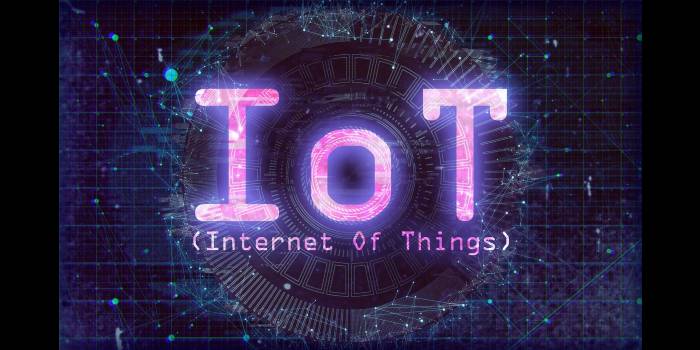 Latin America. The Internet of Things (IoT) promises greater connectivity in the future. By 2030 there will be 500 trillion connected devices (1) and this when properly leveraged, can provide invaluable insights into an organization and its operating environments. In the security sector, increased connectivity between sensors and systems gives access to more data than was possible just a few years ago.
Latin America. The Internet of Things (IoT) promises greater connectivity in the future. By 2030 there will be 500 trillion connected devices (1) and this when properly leveraged, can provide invaluable insights into an organization and its operating environments. In the security sector, increased connectivity between sensors and systems gives access to more data than was possible just a few years ago.
Genetec suggests that today more than ever, there is a need for connected, resilient systems that help companies protect, understand and improve the world around them.
Technological innovation has long managed to connect an access control system (ACS) with a video management system. This integration is used to validate the authenticity of events against associated video. This is what allows security personnel to check if a forced door event is not a false positive.
Today, it is also possible to connect to a wide and diverse range of systems, including intercoms, perimeter intrusion detection, gunshot detection, and automatic license plate recognition (ALPR). In addition to providing greater situational awareness, connectivity also allows you to effectively automate decision-making and guide staff in their investigations.
Beyond security, access to more data gives organizations the opportunity to collaborate and create new ties with other company teams, including operations, marketing and human resources. By leveraging security infrastructure, these areas can use analytical tools to gain valuable insights from a wide variety of data to make improvements that can have a positive impact on a business outcome.
Retailers in hardware stores, for example, now have access to real-time information about their customers' experience. With this timely information, management and marketing teams can see how shoppers move around their environments, determine when and where people are staying, which counters generate the most interest, and when the queues to pay are too long. Working with this knowledge, they can implement changes to store and shelf design, as well as increase or decrease the staff on the sales floor to ensure they are providing the best possible service. They can also work together to fine-tune the process and ensure the right balance between safety, loss prevention and customer service is struck.
While continuing to discover even more benefits that greater connectivity generates, it is clear that the IoT comes with a specific set of challenges. The first is to figure out how to actually connect all the sensors and systems; then, how to avoid overwhelming people with too much data; and finally, how to ensure that, as more devices are added, the vulnerability of networks does not also increase.
How to work well with everything connected
The first challenge is how to connect systems and sensors over IoT in a way that works. Making sense of all the data that is being collected from the ever-increasing variety of sources can be a significant obstacle to unlocking new knowledge. Simply connecting new sensors or systems to an existing network does not mean that they can communicate or that the information they are collecting can be understood in the same way.
To get an idea of what's involved, you can look at one of the most common IoT sensors that have been installed by home automation enthusiasts: motion sensors. Adding a motion detector to a network may seem like a simple task, but it requires a compatible hub, which can receive events when motion is detected. This hub must also be able to communicate with the lights that the homeowner wants to automate. And, even when that integration is achieved, proper calibration of sensor sensitivity is required, a process that involves extensive "trial and error" testing.
Given how long the process involved in installing a single sensor can be, it's easy to see how complicated and expensive it is to install the large number of sensors that collect data on a modern campus or corporate building. Organizations at this level have the opportunity to collect data on everything from temperature and people presence, to lighting and door activity, and are eager to do so.
"It is necessary to work with open platforms that allow true integration to facilitate data collaboration and achieve greater understanding. But, this is easier said than done. Traditionally, information has been kept isolated. Sometimes this was done to prevent unauthorized access and other times it happened simply because the systems that collected and stored the data were not developed with interoperability in mind. Regardless of the reason, the result is that most of the time, different protocols are used to collect, store and analyze the data, and an open platform that allows you to connect everything, closes this gap," says Alain Bissada, Senior Director for Canada and Mexico.
When it comes to integration, it takes a lot of effort to get new sensors and devices to communicate and work together. So it makes sense that much of the leadership in this is being taken by organizations in the security industry, as they have extensive experience in connecting devices and unifying systems.
More devices shouldn't cause headaches
The challenge of adding more sensors and devices to networks goes beyond the integration process. When more data collection devices are integrated into networks, there is a risk of overwhelming security personnel with too many device or system interfaces. It is not intended for staff to jump from one platform to another to collect all the information they need to respond to an evolving situation. Just opening and closing applications increases the risk of something being overlooked, and on the other hand, a layer of complexity is also added when each application has its own interface and way of working. In high-stress situations, the last thing you look for is for security personnel to be involved in managing a system rather than focusing on how best to respond to a situation.
"Working with a single, unified platform means staff no longer have to jump from one interface to another and manage solutions from different vendors at any given time. Rather, it's about handling tasks in fewer steps and in a consistent environment. With consolidated monitoring and reporting, and a map-centric approach to safety management, a unified security system helps operators become more efficient, make better decisions and respond to incidents faster," says Alain Bissada.
Focus on what's important
When it comes to security, an industry that according to IDC was worth $387.12 million globally in 2019, it is said that there is never much information. But this is as true as the ability to handle it. Today's security personnel have thousands of devices connected to the network, including video cameras, access control readers, intercom stations, fire alarm panels, intrusion devices, perimeter detection sensors, and analytics. All this information comes to them through the network, and they must quickly decipher what is happening and respond.
One of the risks that arises from adding an increasing number of sensors to systems is that security personnel can be inundated with minor events, major alarms and notifications; this in itself is a security risk. For example, when an operator receives more alarms than they can respond to or a significant number of false positives, their reaction may be to ignore incoming alerts or disable reporting.
Investing in a Decision Support System (CDMS) to automate workflows and guide security personnel through tasks and decisions can ease this burden.
A CDMS can also help organizations go beyond simple event and alarm management. Working in real time, a CDMS automatically analyzes the data it collects and qualifies from different security systems, as well as thousands of sensors and devices. This allows you to detect the most complex situations and incidents and determine whether or not security personnel should be sent to investigate potential threats. Once decided, the system can then guide security personnel in their responses following predefined processes and compliance requirements.
Network security is everyone's responsibility
The last, and perhaps most momentous, challenge associated with growing connectivity over the Internet is cybersecurity. To take advantage of all the advantages of the IoT, we are creating incredibly large networks with thousands of connected devices and given that the systems are only as secure as the least secure element that makes them up; a single camera or unprotected door controller that still has its factory default password can be all the attack surface a cybercriminal needs to access an organization's network.
There are several ways to mitigate the risks of criminal cyber activity, including advanced encryption, authentication, and authorization. Data encryption, both at transmission and at rest, protects private information and improves the security of communication between client applications and servers. Authentication prevents data from reaching the wrong hands by preventing unauthorized access. And authorization allows administrators to restrict the scope of activity within their systems by providing access rights to resources, data, or applications by groups or individuals and defining what users can do with them.
"Given the considerable reward of criminal cyber activity, including financial benefits, access to valuable data or control of the system, cyberattacks will continue to evolve. Organizations must not only protect themselves today, but they must also lay the foundations to continue mitigating the risk of future threats, with solutions that go beyond security, providing operational information that allows organizations to improve their business and dominate their environment, "said Alain Bissada.
As we continue to discover the many insights and advantages that IoT brings, protection against criminal cyber activity will not only be good for business, but will also help foster a more secure global community.
(1) Stanford University.





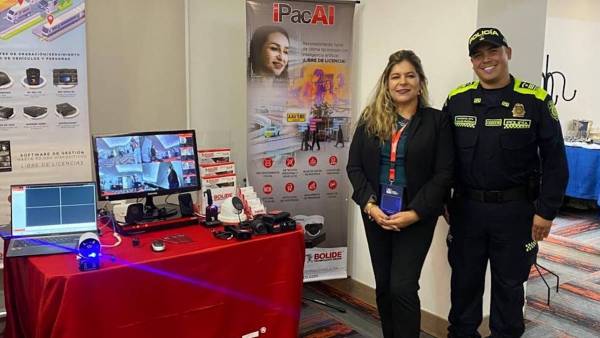



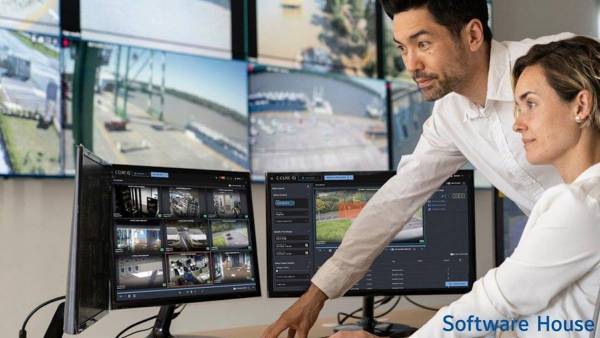
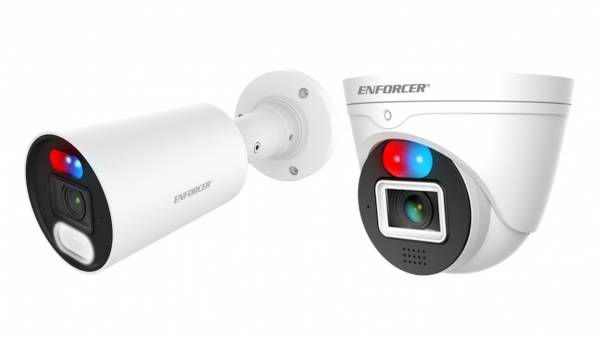



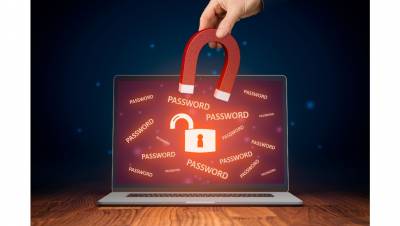










Leave your comment